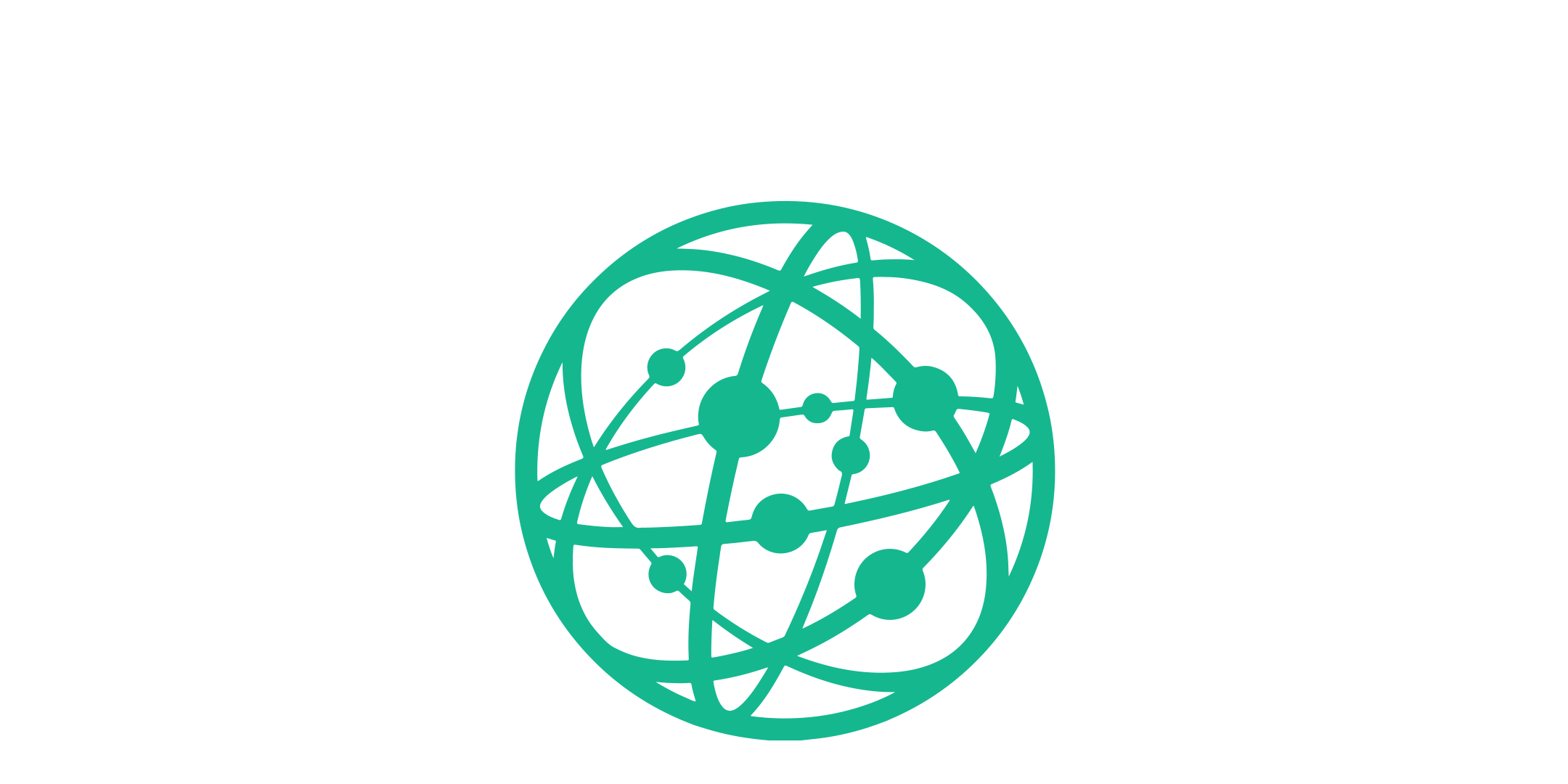Paging Doctor Watson
Mar 02, 2017

False negative. Two words that deflate the spirit and leave patients sick to their stomach.
Fortunately, doctors are working toward getting a second pair of well-trained eyes to eliminate misdiagnosis.
Paging Dr. Watson
IBM’s famous artificial intelligence, Watson, is learning how to diagnose patients with aortic stenosis, a condition where the heart's aortic valve narrows and constricts blood flow.
Previously, Watson was able to assist doctors by poring over medical cases to aid in treatment. But, with the Watson Clinical Imaging Review, it's fancy new feature, it will soon actually be in the field.
What’s the plan?
Like any Artificial Intelligence, Watson needs to examine hundreds of thousands of images and be told the diagnosis. By looking at ultrasounds, x-rays, and other medical data, Watson learns the warning signs of aortic stenosis, getting better with each image set it looks at.
Eventually, Watson will expand to diagnosing heart attacks, heart muscle disease, deep vein thrombosis, and valve disorders. So, in a sense, aortic stenosis is Watson’s beachhead.
When will doctors get to work alongside Watson?
There isn’t an official date, but IBM plans to make it widely available to health care facilities later this year.
Because there isn’t a specific threshold when it becomes perfect at diagnosis, the more time Watson has to learn the material, the better it will be when it comes time to perform.
This incremental improvement might be frustrating for those eager to use it, but I think the long wait will pay off, especially since we're talking about life-threatening conditions here.
Is the Watson hype overblown?
We would be remiss to not address the recent fiasco at MD Anderson that saw the partnership between IBM and one of the world's preeminent cancer centers collapse in a very public way.
This story is much more about business components and the failure of administrators than it is an indictment against the technology—most reviews of the actual Oncology Expert Advisor product were quite positive.
It is, however, a reminder that even the most exciting new technologies in healthcare still need to be carefully incorporated into the care setting and supported by a cohesive vision. Without proper guidance, even the most advanced tools risk failing to realize their immense potential.
